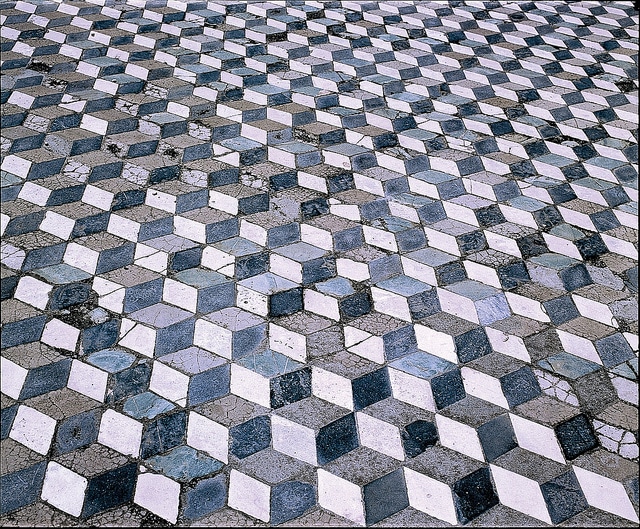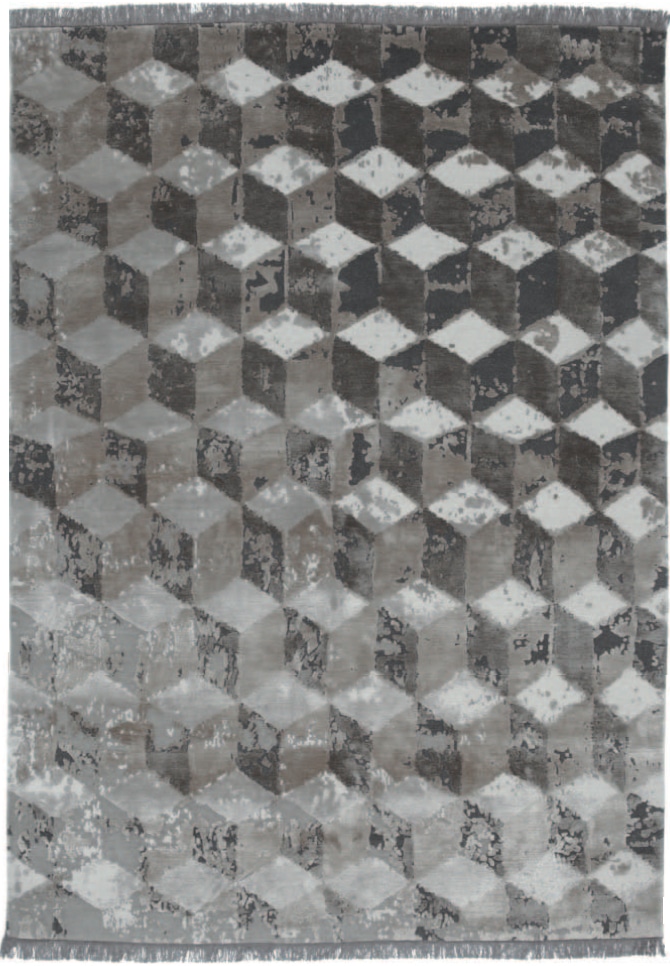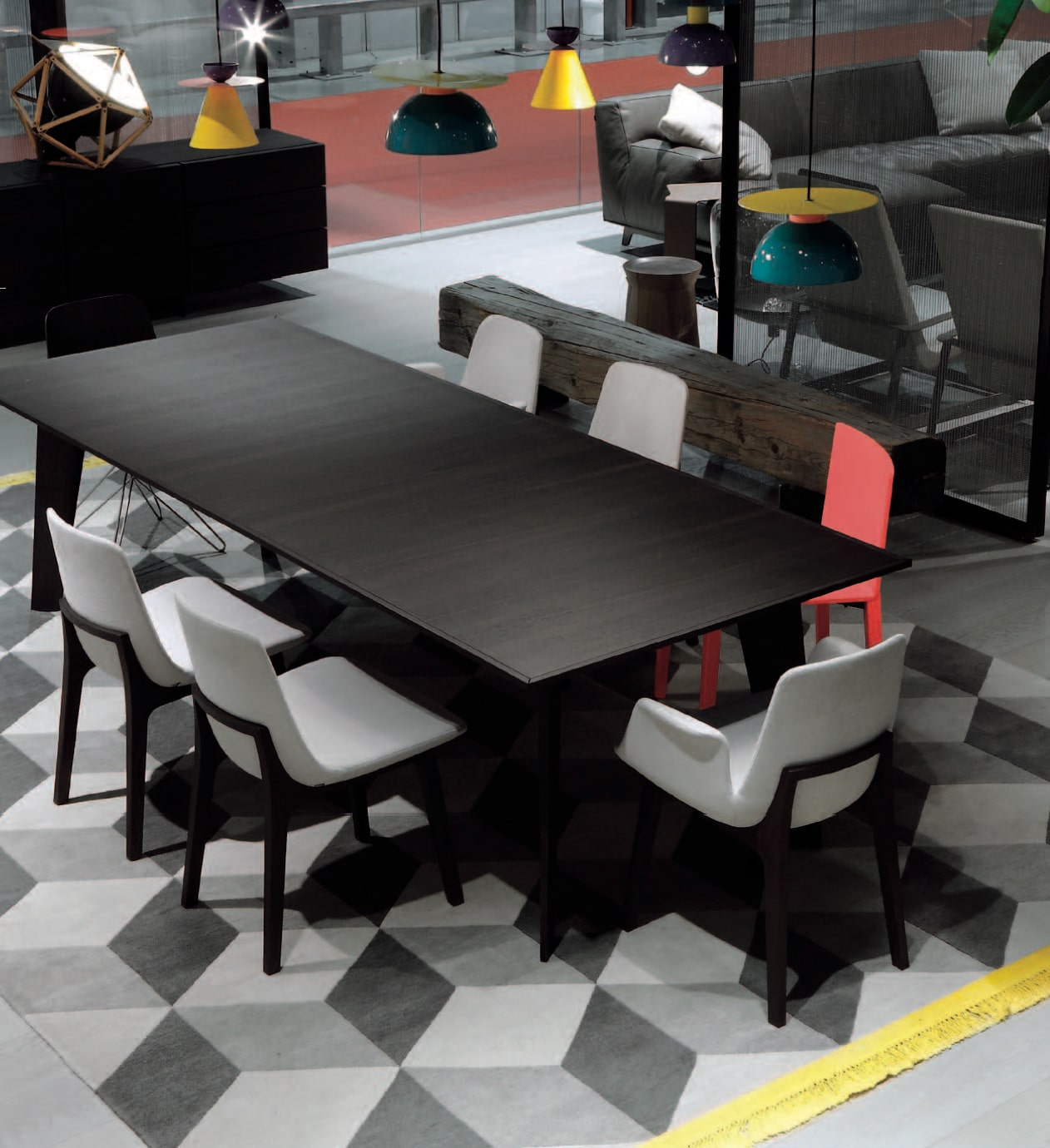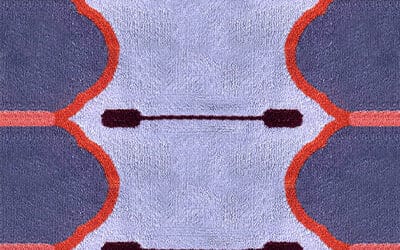Vitruvius disliked unreality. The ancient Roman architect, engineer and town planner promoted firmitas, utilitas, venustas – solid, useful, beautiful architecture. And the decorative arts, he argued, must follow realism. In his seventh book Vitruvius rails against the stage designs of Apaturius which displayed what Vitruvius saw as illogical architecture. Fantasy was forbidden. No vine tendrils acting as columns to hold up a roof. Be real or begone, Vitruvius might have said. Instead what he actually wrote was “such things do not exist, and cannot exist and never will exist”. (cont)
But Vitruvius might make an exception for the now famous trompe l’oeil 3D representation floor from “House of the Faun” at Pompeii. Or he would if he’d known about the fluid mechanics of volcanic activity. Although the House of the Faun mosaic floor is a flat surface with three-dimensional aspirations, the geometric blocks have geologic precedents.
The coastline field of upright basalt columns known as the Giant’s Causeway in Ireland was formed some sixty million years ago when volcanic activity forced molten rock upwards through chalk bed fissures. The lava cooled at varying rates to form a field of polygonal basalt pillars (mainly hexagonal plus five and four sided). Knowing this, Vitruvius might agree the House of the Faun floor is a rendition of reality for the “giants” who roamed the causeway and “saw” the same view beneath their fictional feet that pre-AD 79 Pomeiians enjoyed when they walked through the House of the Faun.
Fancy your own Pompeiian floor or Giant’s Causeway? CC-Tapis in Milan designed Infini Stucco, a beautiful and elegant hand woven rug and contemporary echo of the House of the Faun mosaic. (cont)
If you are in Milan next week for the Salone Internazionale del Mobile please visit the COVER stand at the entrance to La Pelota where CC-Tapis are one of our guest exhibitors. But if you want to see Infini Stucco then take a ten minute walk to the CC-Tapis showroom on via San Simpliciano n. 6. where you will discover they follow the ancient Roman credo remis velisque – “giving one’s best”. DJ






